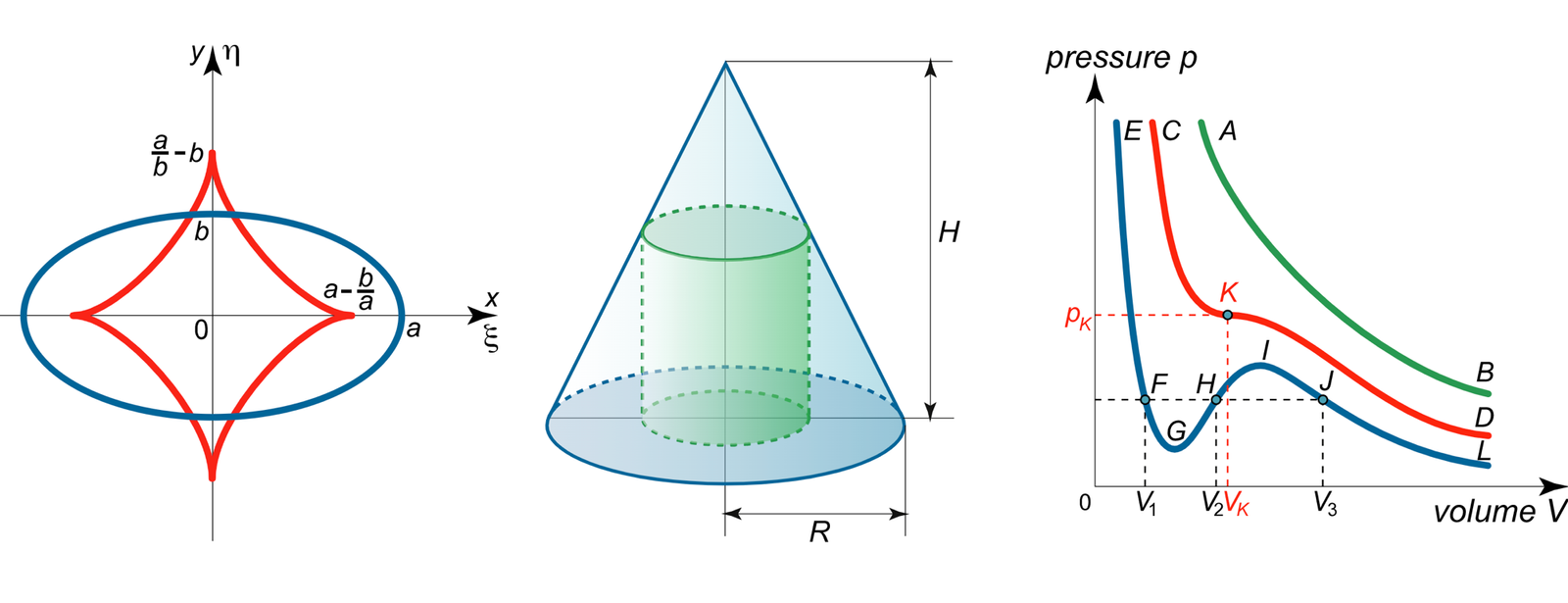Managerial economics relies heavily on economic analysis, which is a critical phase in the decision-making process. Managers must gather and analyze economic data pertaining to the business environment in which their firm operates. This involves conducting thorough statistical research on industrial markets, encompassing factors such as tax rates, product information, and competitor pricing strategies. Such information is invaluable for making informed managerial decisions.
Optimization techniques play a vital role in the decision-making process of managers. With the firm’s objectives in mind, managers strive to select the most effective decision from a range of available alternatives. While the optimal decision varies from company to company, the underlying objective of optimization techniques is to attain a state where marginal revenue equals marginal cost.
When discussing optimization techniques, it is important to first explore various methods of expressing economic relationships. Equations, graphs, and tables are commonly utilized to illustrate these relationships.
Graphs and tables are effective for representing simple relationships, while equations are better suited for complex relationships. Expressing economic relationships through equations is particularly advantageous in economics, as it enables the utilization of powerful differential techniques to determine optimal solutions to problems.
Now let’s have a look at the methods of expressing economic relationship −
- Equations, graphs, and tables are extensively used for expressing economic relationships.
- Graphs and tables are used for simple relationships and equations are used for complex relationships.
- Expressing relationships through equations is very useful in economics as it allows the usage of powerful differential technique, in order to determine the optimal solution of the problem.
Now suppose, we have total revenue equation
TR = 100Q − 10Q2
Substituting values for quantity sold, we generate the total revenue schedule of the firm −
| 100Q − 10Q2 | TR |
|---|---|
| 100(0) − 10(0)2 | $0 |
| 100(1) − 10(1)2 | $90 |
| 100(2) − 10(2)2 | $160 |
| 100(3) − 10(3)2 | $210 |
| 100(4) − 10(4)2 | $240 |
| 100(5) − 10(5)2 | $250 |
| 100(6) − 10(6)2 | $240 |
Relationship between total, marginal, average concepts, and measures is really crucial in managerial economics. Total cost comprises of total fixed cost plus total variable cost or average cost multiply by total number of units produced
TC = TFC + TVC or TC = AC.Q
Marginal cost is the change in total cost resulting from one unit change in output. Average cost shows per unit cost of production, or total cost divided by number of units produced.
Optimization Analysis
Optimization analysis is a crucial process that allows a firm to estimate or determine its output level and maximize overall profits. There are two primary approaches commonly used for optimization:
- Total revenue and total cost approach: This approach involves analyzing the relationship between a firm’s total revenue and total cost. By carefully assessing the revenue generated from sales and the costs incurred in production, businesses can identify the output level that leads to the highest possible profit.
- Marginal revenue and marginal cost approach: The second approach focuses on examining the marginal revenue and marginal cost of producing additional units. Marginal revenue refers to the change in total revenue resulting from the sale of one extra unit, while marginal cost represents the additional cost incurred in producing that unit. By comparing marginal revenue and marginal cost, firms can determine the optimal level of output that maximizes their profitability.
Both approaches provide valuable insights into the factors that impact a firm’s profitability. By conducting optimization analysis using either the total revenue and total cost approach or the marginal revenue and marginal cost approach, businesses can make informed decisions to enhance their financial performance and achieve their goals.
Total Revenue and Total Cost Approach
According to this approach, total profit is maximum at the level of output where the difference between the TR and TC is maximum.
Π = TR − TC
When output = 0, TR = 0, but TC = $20, so total loss = $20
When output = 1, TR = $90, and TC = $140, so total loss = $50
At Q2, TR = TC = $160, therefore profit is equal to zero. When profit is equal to zero, it means that firm reached a breakeven point.
Marginal Revenue and Marginal Cost Approach
In our previous discussion of the Total Revenue (TR) and Total Cost (TC) approach, we learned that profits are maximized when the difference between them is at its highest point. However, there’s another method called marginal analysis that provides valuable insights into profit maximization. In this approach, profits reach their peak when Marginal Revenue (MR) equals Marginal Cost (MC). Let’s delve deeper into the concept of marginal analysis and understand how it can help businesses make informed decisions.
To begin with, let’s clarify the definitions of Marginal Cost and Marginal Revenue. Marginal cost refers to the change in total cost resulting from a one-unit increase in output. In other words, it measures the additional cost incurred when producing an extra unit of a product or service. On the other hand, marginal revenue signifies the change in total revenue resulting from a one-unit increase in sales. It reveals the extra revenue generated by selling one additional unit.
The fundamental principle behind marginal analysis is simple yet powerful. It states that as long as the marginal benefit of an activity outweighs the marginal cost, it is advantageous for an organization to increase that activity. In other words, if the additional revenue generated by producing and selling one more unit exceeds the corresponding increase in cost, it makes financial sense to expand operations.
However, the key lies in finding the optimal level of output where the total net benefit is maximized. This occurs precisely when Marginal Revenue equals Marginal Cost. At this equilibrium point, any further increase in output would result in diminishing returns, where the additional cost outweighs the additional revenue, leading to a decline in overall profits.
By employing marginal analysis, businesses can make informed decisions regarding production levels and pricing strategies. They can assess the financial viability of scaling up or scaling down their operations by comparing the marginal benefits and costs. This approach allows them to strike a balance and optimize their profits, ensuring a healthy bottom line.
In conclusion, marginal analysis offers a valuable tool for businesses to maximize their profits. By evaluating the relationship between Marginal Revenue and Marginal Cost, organizations can determine the optimal level of output where total net benefit is at its peak. By carefully considering these factors, businesses can make informed decisions that drive their financial success.


